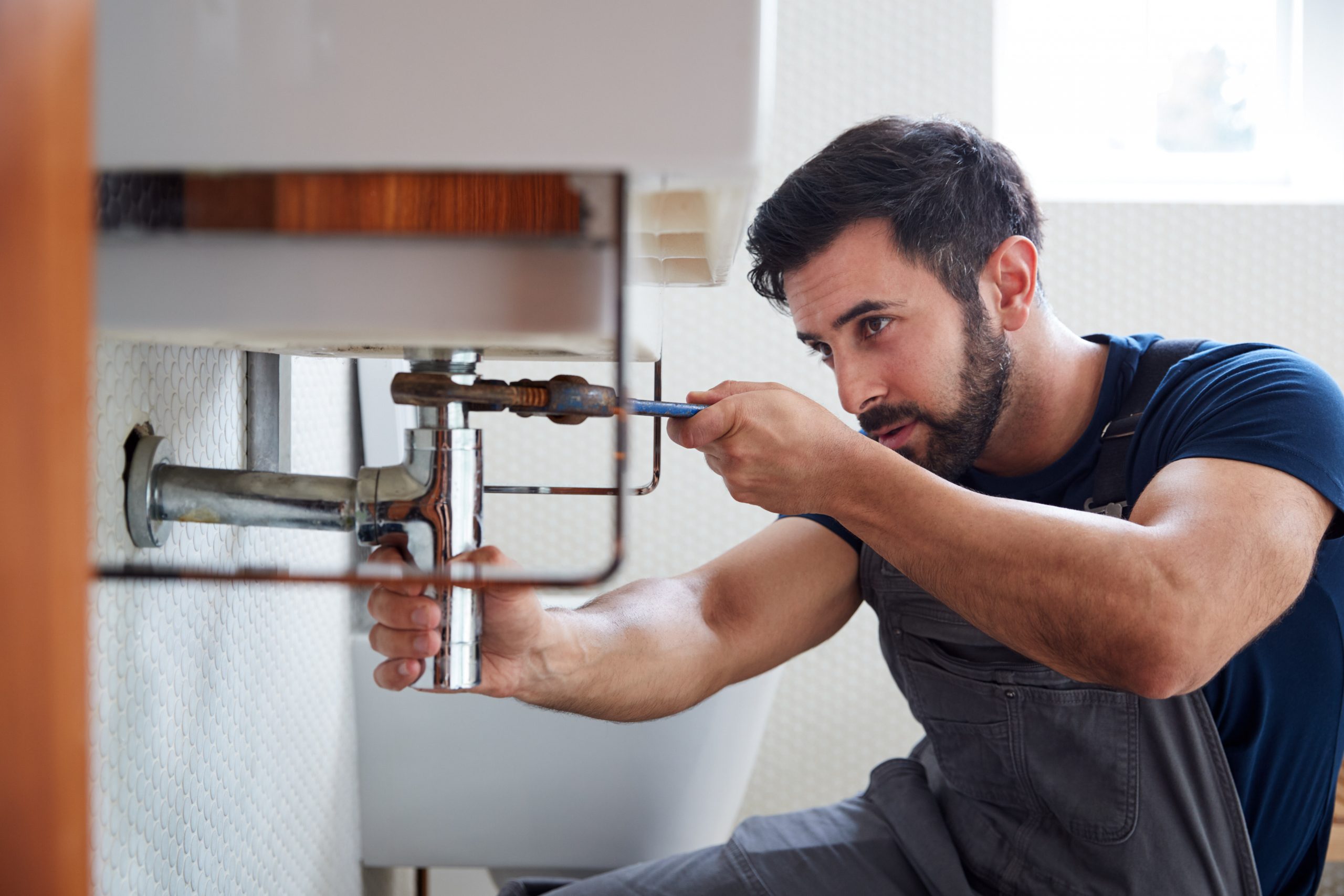Welcome to Casability’s guide on tackling leaking faucets in the bathroom. A dripping faucet is not just a nuisance; it can lead to increased water bills and potential water damage. This article will explore common reasons behind leaks in bathroom sinks and shower heads, offering practical tips for homeowners.
Why Faucets Leak: The Basics
Leaking faucets in the bathroom are often due to a few common issues. Understanding these can help you determine whether it’s a DIY fix or time to call a professional.
Worn Out Washers: The Usual Suspects
Sink and Shower Faucet Culprits
How They Cause Leaks: Washers press against the valve seat, and over time, this constant friction causes them to wear out. This wear and tear result in water seeping through even when the faucet is turned off.
Signs to Look For: Dripping around the spout or handle. If you notice a continuous drip after the faucet is turned off, the washer might be worn out.
O-Ring Issues: Small Part, Big Problems
Keeping the Handle in Check
O-Ring Function: This small ring holds the faucet handle in place and can become loose or wear out. The O-ring is a crucial part of cartridge faucets and helps seal the area around the stem.
Common Signs: Leakage near the handle. If you see water pooling around the base of the faucet handle, the O-ring could be the culprit.
Valve Seat Corrosion: The Hidden Foe
Where Water Meets Metal
Cause of Leaks: The valve seat connects the faucet and the spout in the compression mechanism. Water sediments can corrode the valve seat, causing leaks.
Detection Tips: If cleaning the sediment doesn’t stop the leak, the valve seat may need professional attention. Look for leakage around the spout and consider having the valve seat professionally checked if cleaning doesn’t resolve the issue.
Washer Installation Errors: A Tricky Fix
Precision Matters
Incorrect Washer Installation: If a washer is not the right size or not installed properly, it can cause leaks. Incorrect installation can lead to uneven pressure and gaps where water can escape.
Solution: Ensure the correct washer size and proper installation. Double-check the specifications for your faucet model and make sure the washer fits snugly.
Broken Plumbing: Beyond the Faucet
When It’s More Than Just a Faucet Issue
Pipes and Fittings: Sometimes, the issue lies with the pipes or fittings connected to the faucet. Cracks or breaks in the plumbing can lead to leaks that are often mistaken for faucet issues.
Professional Inspection Needed: If you suspect broken plumbing, it’s best to consult a professional. They can assess and repair any hidden damage to the pipes and fittings.
Shower Head Leaks: A Different Challenge
More Than Just a Drip
Clogged Shower Heads: Mineral deposits can build up, causing blockage and leakage. This buildup can prevent water from flowing properly, leading to leaks.
Simple Fix: Regular cleaning with vinegar can help prevent this issue. Detach the shower head and soak it in a vinegar solution to dissolve mineral deposits.
DIY vs. Professional Repair
Knowing When to Call in the Experts
DIY: Simple washer replacements and cleaning can be done at home. Many minor leaks can be fixed with basic tools and a little know-how.
Professional Help: For valve issues, incorrect installations, or plumbing problems, it’s safer to call a professional. Complex problems or persistent leaks often require professional expertise.
Preventative Measures: Keeping Leaks at Bay
Maintenance is Key
Regular Checks: Inspect your faucets and shower heads regularly for early signs of wear and tear. Catching problems early can prevent bigger issues down the line.
Water Softeners: In areas with hard water, consider installing a water softener to reduce mineral buildup. This can prolong the life of your faucets and shower heads.
Leaky bathroom faucets, whether in the sink or shower, can be more than just an annoyance; they can lead to larger water bills and potential damage if not addressed. Understanding the common causes of these leaks is the first step towards fixing the problem. Whether you tackle the issue yourself or call in a professional, regular maintenance and prompt attention to repairs can save you money and hassle in the long run. Remember, at Casability, we’re here to guide you through every step of your home improvement journey, making sure you have the confidence to take the right decisions.
